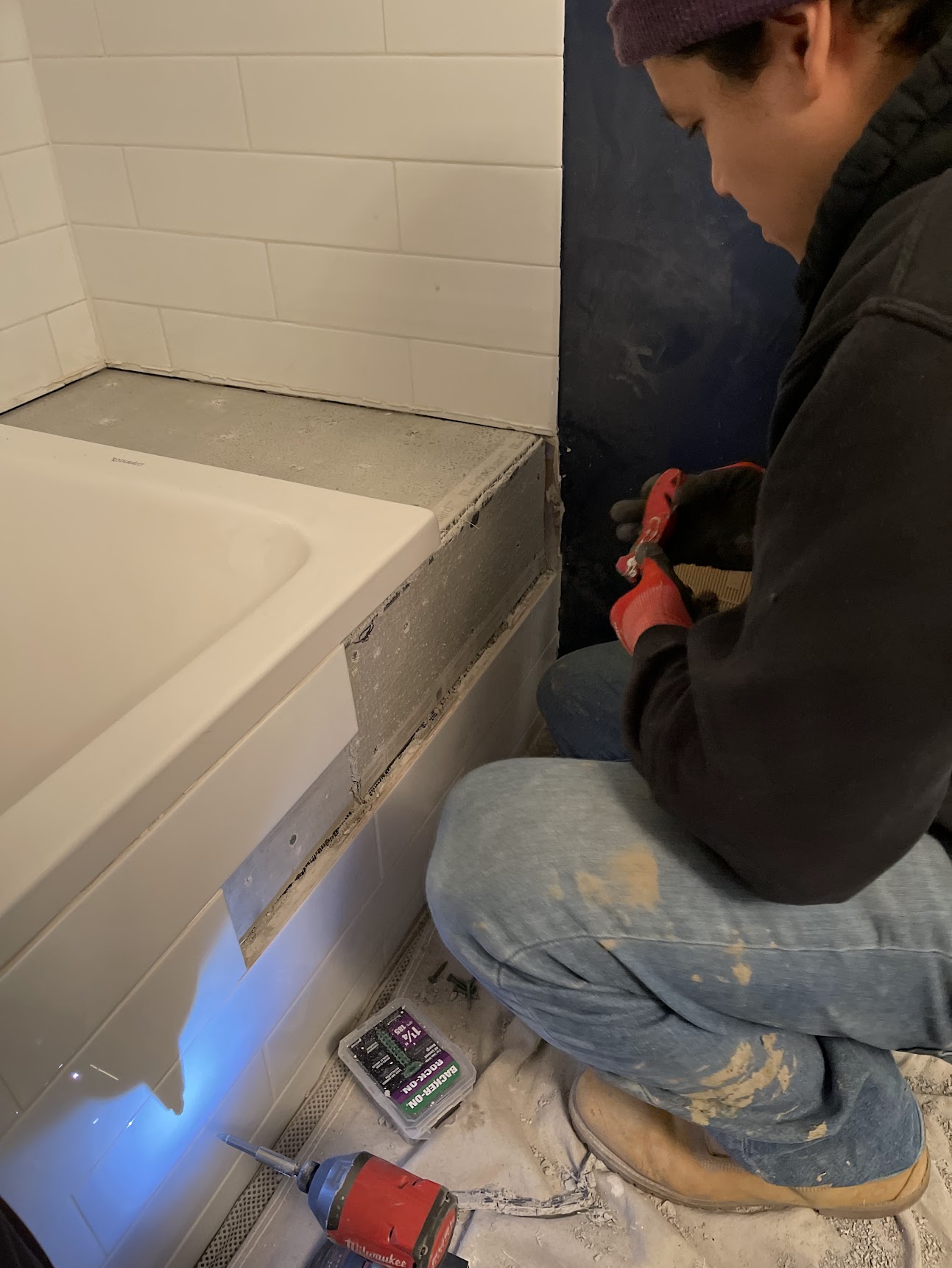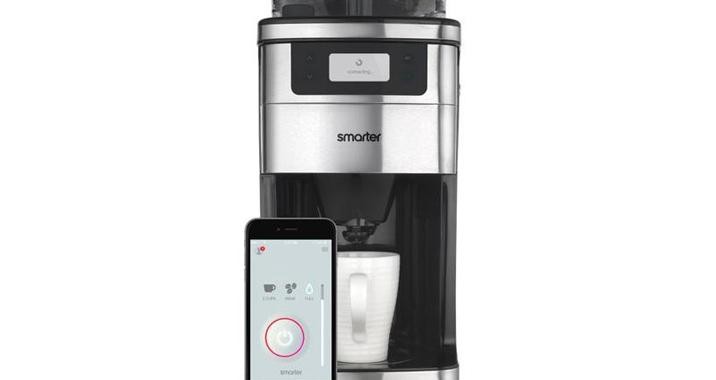-

Best Coffee Shops in Chicago: Cool Spots for Every Caffeine Lover
As a handyman in Chicago, I’m always moving from job to job, whether in the…
-
Deck Repair Chicago – Professional Deck Restoration & Maintenance
Introduction Your deck is more than just an outdoor platform—it’s a gathering space for friends,…
-

4 Best Smart Home Security Systems to Keep Your Home Safe in 2025
Keeping your home safe has never been easier thanks to smart home security systems. These…
-

How to Remodel a Bathroom With a Window in the Shower: Smart Solutions for Waterproofing and Privacy
A window in a shower is a common feature in Chicago bathroom remodeling – waterproofing…
-

Wrigleyville Handyman Service: Fast Local Repairs Near The Ballpark
We have been working for over a decade to ensure handyman service in Wrigleyville doesn’t…

1500 North Halsted Av Chicago, IL 60614

info@chicagohandyman.net

(773) 982 – 5500




